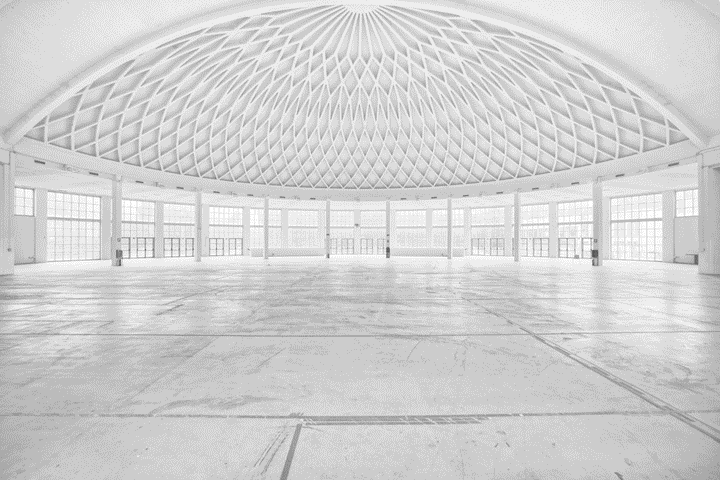On collaborations
Torino, Italy. 2017
Alberto Arlandi,
From the editor's desk
The work of a designer as a maker of things requires every so often to deal with very specific technical problems or limitations. Facing unknown territories is not uncommon: every discipline has its own characteristics and a lack of experience in a particular niche means not being able to ask the right questions during the designing process or not having the right answers when issues arise.
But naive lack of experience can easily become an attitude. Two mindsets become apparent when looking at finished products: ignoring completely the production side of the initial idea, letting someone else deal with it, or working closely with who will be responsible for the realization of the project.

Although these mechanics can be seen between architects and engineers, furniture designers and artisans, graphic designers and printers, there’s a specific area in the design realm where the lack of collaboration is slowing down the overall advancements: a strong pipeline of work between digital designers and developers is missing, at least for small/medium projects.
This is unfortunately a consequence of more than ten years of websites designed with Photoshop, then sent to specialized agencies whose only task was to slice the .psd into smaller images, fill a table and then add some links. Today, even if technology advanced so much on both sides, it’s not so uncommon still seeing one taking care only of the layout and aesthetics, the other trying hard to make everything work.
Consequences of this bad behavior in design for digital media may be hard to explain without a basic knowledge or interest in programming, but here’s a more easy to understand example: to please the formal requirements of an eccentric architect, a group of engineers now have to think ways to prevent a building that should be built for people to became yet another gigantic curved lens for sun rays that may damage surrounding areas. 1
Designers or architects, the problem-solvers, are actually creating new problems during the production and use stage because they’re making things that simply look nice on paper. And something that looks nice on paper but is technically unfeasible to build is simply put a bad design. Saddlers in Wien at the end of 19th century had similar issues with creative professors. 2
Designers are not expected to know exactly the minimum thickness of a rock slab, the right density of ink, the best database to store data, but working with the right attitude is crucial, listening to experts in each field.
Even if we don’t take into account all the time spent overhauling projects back at the design board that showed issues during production, in this era of increasing complexity of technology and increasing micro-specialization, if the collaborative aspect of the designer’s work get lost and everyone starts caring only about his small task, we’ll keep on producing useless, malfunctioning and poorly assembled objects that simply look good.
-
1
Construction of Zaha Hadid’s The Opus in Dubai ‘a challenge’ for engineers. (thenational.ae)
↩︎ -
2
"The Master Saddler" by Adolf Loos, first appeared on Das Andere in 1908.
↩︎